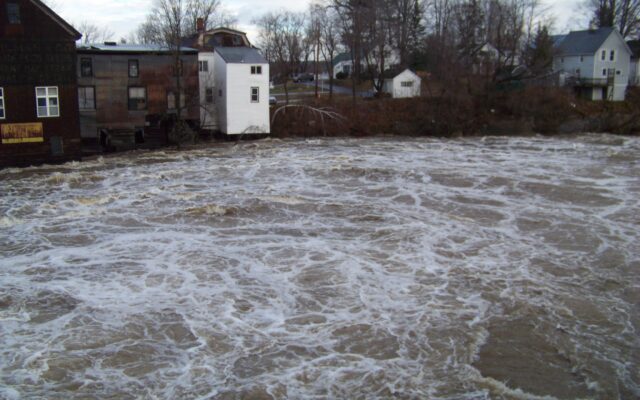
December wind storm caused at least $20M in infrastructure damage
By Christopher Burns, Bangor Daily News Staff
Gov. Janet Mills has formally requested that President Joe Biden declare the December wind storm a major disaster.
That federal declaration would help Androscoggin, Franklin, Hancock, Oxford, Penobscot, Piscataquis, Somerset, Waldo and Washington counties recover from widespread infrastructure damage, while also making available individual aid for families that suffered property damage in Androscoggin, Franklin, Kennebec, Oxford and Somerset counties.
“With the hardest hit areas residing in low-income communities, and limitations associated with the lack of skilled contractors, available housing and readily available major household items, the ability for these individuals to recover is well beyond the physical or fiscal capacity of the community or the state at large to support,†Mills wrote in her letter to Biden. “The State of Maine is therefore requesting every available area within the Individual Assistance program to support the impacted individuals and families across Androscoggin, Franklin, Kennebec, Oxford, and Somerset counties.â€
The wind storm that hit Maine on Dec. 18 left a path of destruction in its wake, flooding dozens of communities as they were inundated with several inches of rain. That rain falling on already saturated soil coupled with winds that reached speeds up to 93 mph in some communities brought down trees and power lines, leaving more than 420,000 without electricity and heat by the time the storm subsided. Power was restored to most Mainers by Christmas, about a week after the storm hit.
At least four people were killed during the storm. One man was killed by a falling tree in Fairfield, another man was killed by a falling tree in Windham and two women were swept away by flood waters in Mexico.
Mills declared a state of emergency on Dec. 19.
In her letter to the president, Mills wrote that the storm caused an estimated $20 million in damage to roads, bridges, buildings and other public infrastructure.
Additionally, the Federal Emergency Management Agency identified 13 buildings destroyed by the storm, as well as 106 that suffered major damage, 65 that suffered minor damage and another 31 “affected†by the storm. That’s believed to be representative of more widespread damage, according to the governor’s office.
Only 6 percent of properties in those counties had flood insurance prior to the storm.
Further complicating the recovery is a lack of housing, shortage of contractors, cost of replacing appliances and the need for mold remediation, Mills wrote in her letter.
This disaster declaration wouldn’t apply to damage from last week’s twin storms that hammered the coast.